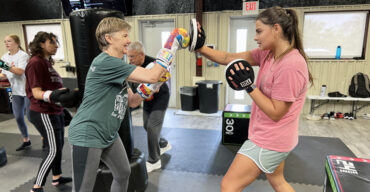-
-
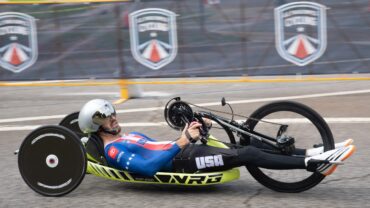
Texas A&M Professor’s Passion Helps Bring U.S. Paralympics Competition to Aggieland
-Learn how kinesiology professor Dr. Lisa Colvin led a team effort to place Aggieland on the road to the 2024 Summer Paralympic Games in Paris.
-
 EducationFacultyFeatureGivingHealthImpactKinesiology & Sport ManagementReleaseServiceSportStudentTeaching
EducationFacultyFeatureGivingHealthImpactKinesiology & Sport ManagementReleaseServiceSportStudentTeachingCoaching the Next Generation
-The Thornton-McFerrin Coaching Academy is addressing the shortage of coaches in schools across Texas and the nation through its Undergraduate Coaching Certificate Program, which offers students the unique opportunity to earn a coaching certificate and gain experience while completing their undergraduate degrees.
-
Meet Our New Faculty: Kinesiology & Sport Management
-Meet the new faculty members of SEHD’s Department of Kinesiology & Sport Management.
-

What creatine can do for you
-What we once thought was just a sports supplement for athletes is now known to be beneficial throughout the entire lifespan, from infancy to the later years of adulthood.
-

How otters’ muscles enable their cold aquatic life
-Sea otters are the smallest marine mammal. As cold-water dwellers, staying warm is a top priority, but their dense fur only goes so far. We have long known that high metabolism generates the heat they need to survive, but we didn’t know how they were producing the heat — until now.
-
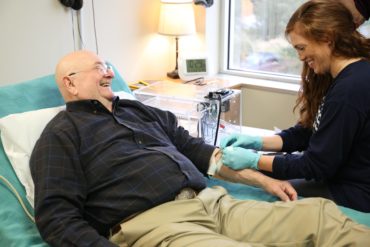
Texas A&M expert proves nutrition can reduce mortality in older adults
-Nutrition is often regarded as helpful, but it is not always a physician’s first defense in fighting disease.
-

Pros and cons to the keto diet
-In recent years, the keto diet, or ketogenic diet, gained popularity among dieters looking to shed extra pounds. Kinesiology expert Dr. Richard Kreider said these low-carbohydrate, high-fat diets can be beneficial for some people trying to lose weight, but may not be helpful for active individuals or athletes.
-
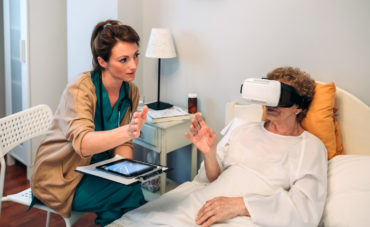
Improving stroke patient rehabilitation with augmented reality
-Dr. John Buchanan in the Department of Health and Kinesiology found that virtual training, like virtual and augmented reality, can support the rehabilitation processes after stroke and certain types of traumatic brain injuries.
-

Dr. Susan Bloomfield retires after 27 years
-Dr. Susan Bloomfield, professor and associate dean for research, is retiring this summer after 27 years at Texas A&M.
-

How COVID-19 affects older adults and how they can protect themselves
-People aged 65 or older are considered high-risk for severe illness from COVID-19, according to the Centers for Disease Control and Prevention.
Experts in our Center for Translational Research in Aging and Longevity, Dr. Nicolaas Deutz and Dr. Marielle Engelen, offer answers and recommendations for older adults during the current pandemic. -

Growth hormone alters brain structure and combats traumatic brain injury symptoms
-Traumatic brain injuries result in death and disability in thousands of Americans each year. The effects of these injuries can linger on long after the initial trauma.
-

The Department of Health and Kinesiology relocated to the Gilchrist Building
-The college is expanding its footprint on the Texas A&M campus, as well as its health corridor on West Campus.
-

Injury to Innovation: Kinesiology researcher retrofits odd objects to aid rehabilitation
-Before Dr. Deanna Kennedy was an assistant professor in the Department of Health and Kinesiology, she taught a gymnastics course at Texas A&M. From this class, she sustained an injury that would change the course of her life forever.
-
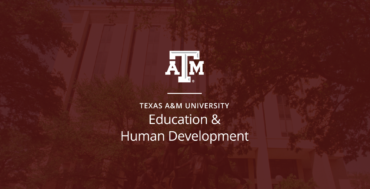
Lightfoot to hold Debbie and Mike Hilliard ’73 Huffines Institute Chair
-Dr. Timothy Lightfoot, professor of kinesiology in the Department of Health and Kinesiology, will hold the Debbie and Mike Hilliard ’73 Huffines Institute Chair.
-

Remembering Dr. Michael Greenwood
-Dr. Michael Greenwood, Clinical Professor in the Department of Health and Kinesiology, passed away on Sep. 21 at the age of 63.
-

New dance science paths produce dance teachers, physical therapists, performers
-The Division of Kinesiology’s Dance Science program in the Department of Health and Kinesiology added three new paths, helping students tailor their degree to their career: teaching, physical therapy and professional performer.
-

Dr. Susan Wagner Remembered For Dedication To Students
-Susan Wagner, clinical associate professor of kinesiology, passed away on March 22nd, after a battle with cancer. Dr. Wagner spent the past 39 years dedicating herself to students in the Department of Health and Kinesiology at Texas A&M University. She retired in February.
Posts tagged with ‘kinesiology’
Can't find what you are looking for?
Contact SEHD

